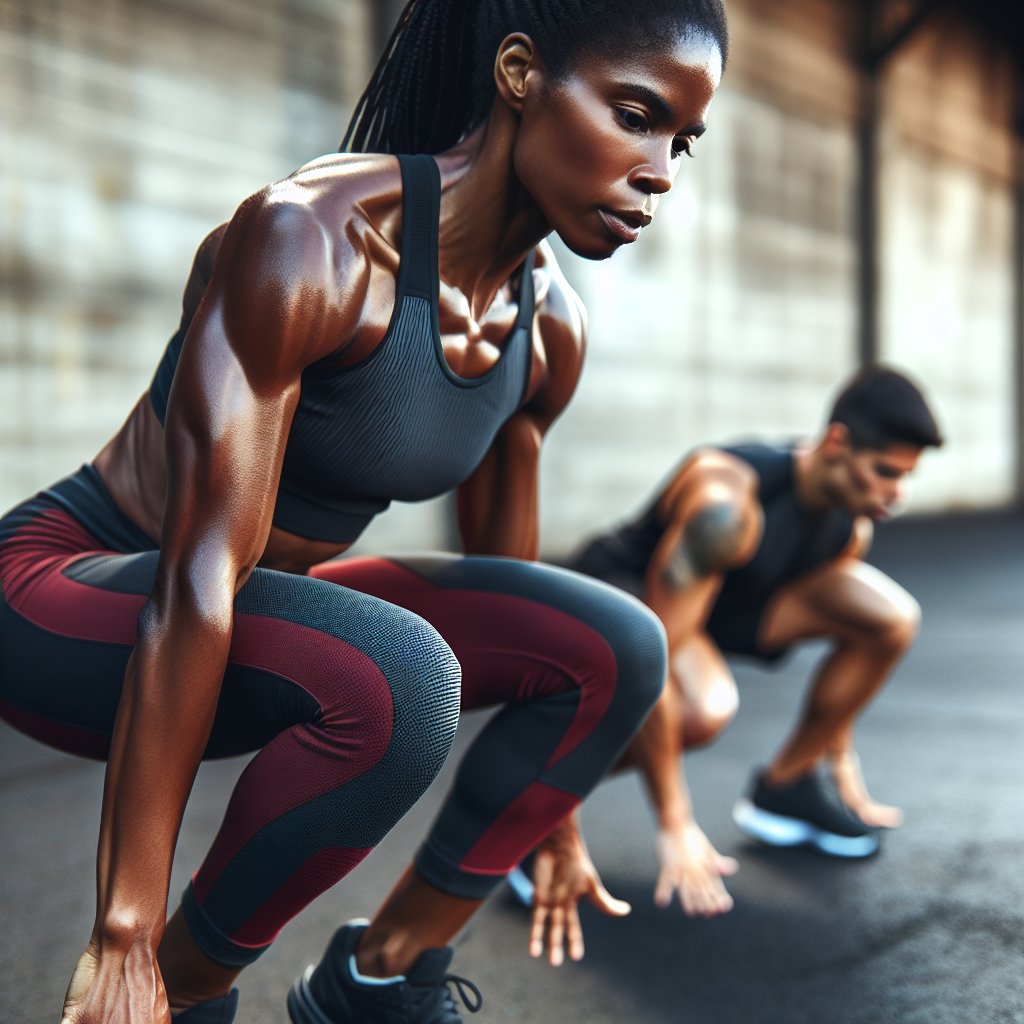Bodyweight training, often seen as the most accessible form of exercise, relies solely on the weight of one’s own body to provide resistance against gravity. It’s a practice as old as physical culture itself, yet it’s packed with nuances that science continues to unravel. In this comprehensive exploration, we’ll delve into the effectiveness of bodyweight training and how it can be a cornerstone of a balanced fitness regimen.
The Foundation of Bodyweight Training
At its core, bodyweight training involves exercises such as push-ups, pull-ups, squats, and planks. These movements engage multiple muscle groups, promoting functional strength and enhancing neuromuscular coordination. Unlike weightlifting, which often targets specific muscles, bodyweight exercises can provide a full-body workout, improving overall fitness and body composition.
Functional Fitness and Daily Life
Functional strength is the bedrock of bodyweight training. It emphasizes the ability to perform real-life activities more efficiently, reducing the risk of injury and enhancing the quality of life. This form of training improves balance, agility, and muscle endurance, making it especially beneficial for individuals at any fitness level.
Learn more about functional strength and its impact on everyday activities.
Advantages Over Traditional Weightlifting
While traditional weightlifting is effective for building muscle size and strength, bodyweight training offers several unique advantages:
- Accessibility: No equipment is needed, making it ideal for home workouts or when traveling.
- Cost-Efficiency: Eliminates the need for a gym membership or expensive equipment.
- Versatility: Can be modified to suit any fitness level, from beginners to elite athletes.
- Safety: Lower risk of injury compared to lifting heavy weights.
The Role of Progressive Overload
To continually benefit from bodyweight training, one must apply the principle of progressive overload. This involves gradually increasing the difficulty of exercises to challenge the muscles consistently. Techniques include altering the leverage, increasing the volume of repetitions, and incorporating explosive movements to intensify the workout.
Discover strategies for enhancing your workout routine while on the go.
The Impact on Overall Health
Bodyweight training extends beyond improving muscle strength and endurance. Its impact on various aspects of health is profound and well-documented.
Cardiovascular Benefits
Although often associated with strength training, bodyweight exercises can also improve cardiovascular health. High-intensity circuit training, involving quick successions of bodyweight exercises, can elevate heart rate and provide similar benefits to traditional cardio workouts.
Explore the connection between physical activity and cardiovascular health.
Bone Density and Joint Health
Regular bodyweight training can increase bone density, which is crucial for preventing osteoporosis. The weight-bearing nature of these exercises stimulates bone formation and strengthens the joints, contributing to overall bone health.
Mental and Emotional Well-Being
The psychological benefits of bodyweight training are significant. Regular exercise has been shown to reduce symptoms of depression and anxiety, boost self-esteem, and enhance cognitive function. The sense of accomplishment after completing a challenging workout can also contribute to a more positive outlook on life.
Understand the importance of physical activity in managing stress.
Maximizing the Effectiveness of Bodyweight Training
To fully harness the benefits of bodyweight training, it is essential to focus on form and technique. Proper execution ensures that the targeted muscles are effectively engaged and the risk of injury is minimized.
Core Engagement and Stability
A strong core is fundamental for bodyweight exercises. Core stabilization exercises improve posture, enhance balance, and provide a solid foundation for all movements.
Learn more about core stabilization and its benefits.
Incorporating Variety and Challenges
To prevent plateaus and maintain motivation, it’s important to introduce variety into your bodyweight training routine. This can include incorporating new exercises, adjusting the tempo, and including dynamic movements that challenge the body in different ways.
Recovery and Nutrition
Adequate recovery and proper nutrition are crucial components of an effective bodyweight training program. Rest days allow for muscle repair and growth, while a balanced diet provides the necessary nutrients to fuel workouts and recovery.
External Resources
To further substantiate the points made in this article and provide additional insights, here are some niche, high-quality external resources:
- A comprehensive guide on the biomechanics of bodyweight exercises
- An in-depth analysis of progressive overload and its application to bodyweight training
- A detailed explanation of the physiological adaptations to bodyweight training
- Research on the psychological effects of resistance training, including bodyweight exercises
- Nutritional strategies to support bodyweight training and recovery
Conclusion
Bodyweight training is more than just a convenience; it’s a scientifically backed method to improve physical fitness, enhance functional strength, and contribute to overall health. With the right approach, including progressive overload, proper form, and a focus on recovery, bodyweight exercises can be a powerful tool in anyone’s fitness arsenal. Whether you’re a seasoned athlete or someone just starting their fitness journey, embracing the science and art of bodyweight training can lead to profound, life-enhancing results.



